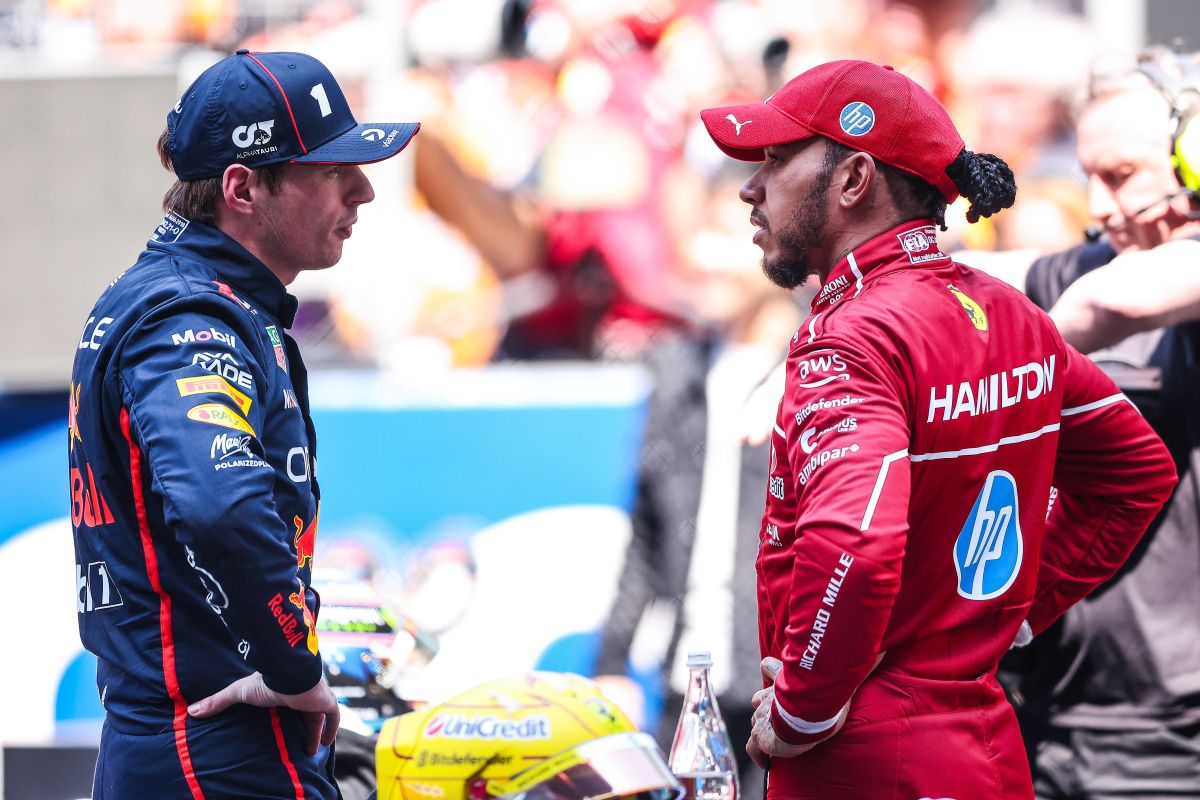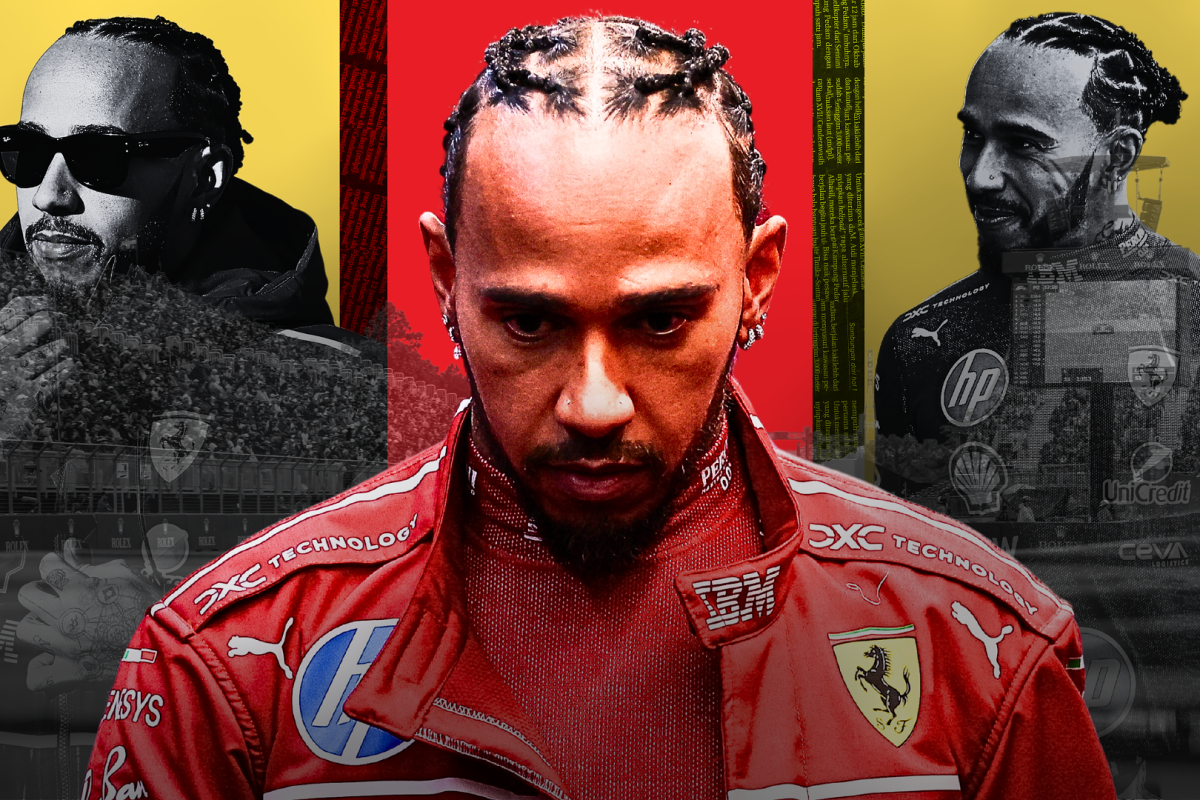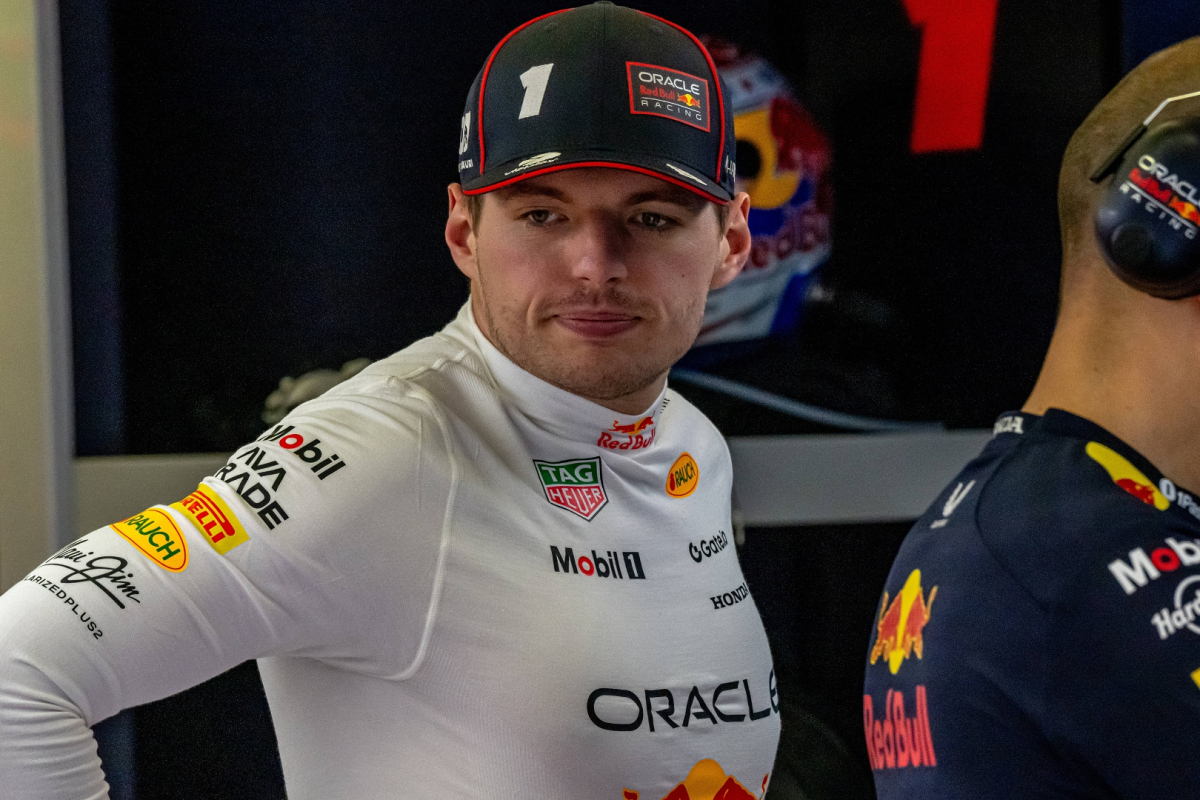Breaking:Track Limits Chaos at Bahrain GP: Verstappen, Hamilton Among 16 Drivers Penalized…….. read more
The Bahrain Grand Prix witnessed a resurgence of track limits enforcement in Formula 1, marking the first race of the season where such strict measures were applied. The FIA confirmed that several drivers, including reigning world champion Max Verstappen and seven-time title holder Lewis Hamilton, had lap times deleted due to breaches.
The Bahrain International Circuit proved particularly tricky for drivers trying to stay within the legal boundaries of the track. Across the weekend, 16 out of the 20 drivers had lap times erased for exceeding track limits, highlighting the challenge of maintaining compliance on this particular layout.
Track limits rules require drivers to keep at least one wheel within the white lines marking the edge of the circuit. If all four wheels leave the racing surface, the lap time is deemed invalid during qualifying or practice. In the race, continued violations can lead to escalating penalties.
According to regulations, a driver receives a black and white warning flag after three track limits breaches during the race. A fourth infringement triggers a five-second time penalty, which can be costly in close battles or during pit stops.
This crackdown was not limited to race day, with several laps being deleted in qualifying and practice sessions as well. While fans have often debated whether these penalties detract from racing, the FIA has maintained that consistent application of the rules is essential for fairness and safety.
The Bahrain race served as a reminder that even the most seasoned drivers are not immune to misjudging the circuit’s limits. Verstappen, Hamilton, and a host of others found themselves on the wrong side of the rulebook at various points over the weekend. While none of the violations drastically altered the final race outcome, they did influence qualifying positions and race strategies.
This level of enforcement comes amid ongoing discussions between the FIA, teams, and drivers about how best to manage track limits without negatively impacting the spectacle of racing. The Bahrain GP has clearly set a tone for the rest of the season, signaling that race control will be keeping a close eye on track boundaries moving forward.
As the championship progresses, teams will likely emphasize clean laps during practice and qualifying to avoid falling foul of the rules. With margins often decided by tenths of a second, even a single deleted lap can mean the difference between pole position and the midfield.
Overall, Bahrain’s strict stance on track limits has reignited conversations about driver discipline, circuit design, and the fine line between competitive edge and rule-breaking.




